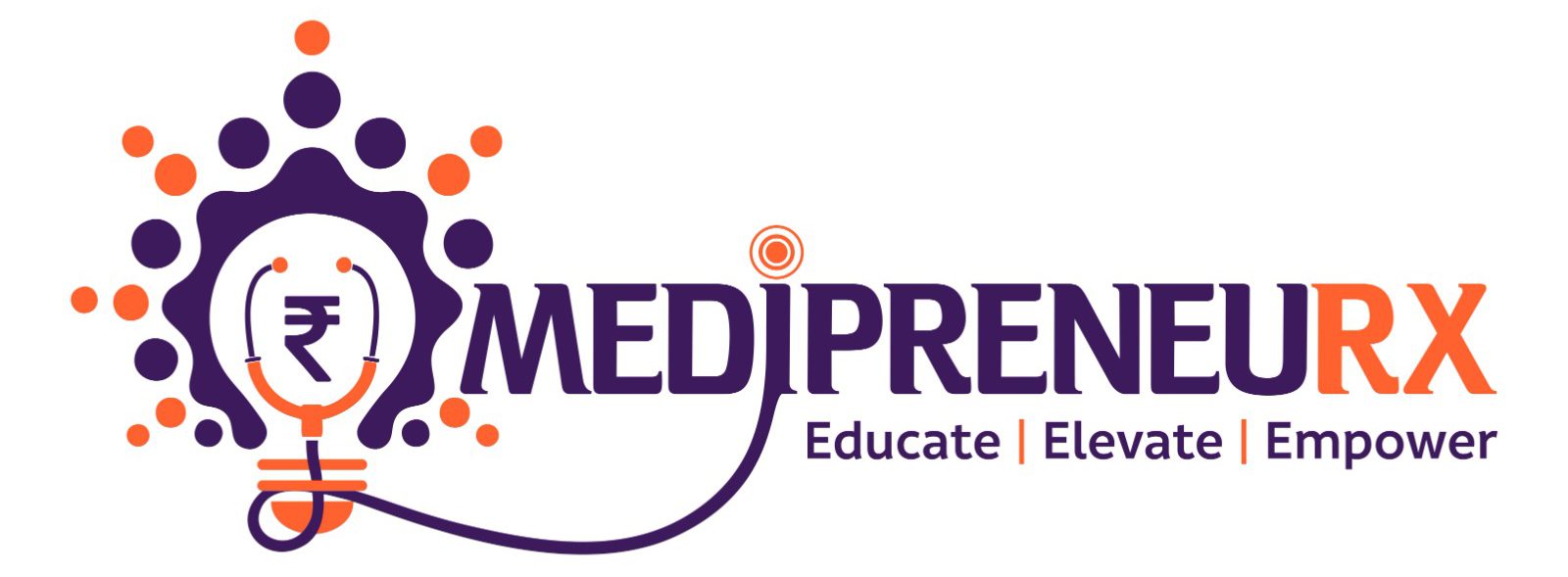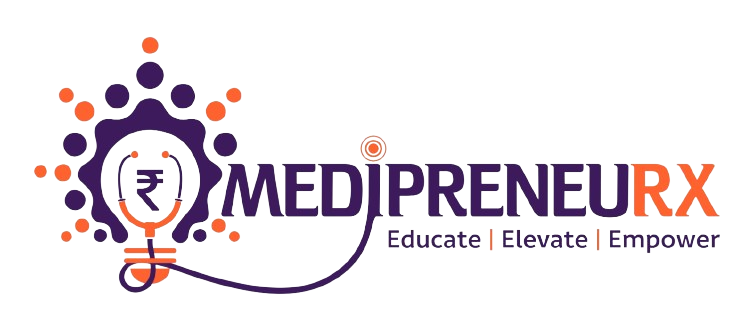A troubling feature of India’s healthcare system is revealed by the Economic Survey 2021: a sizable portion of the nation’s deaths are linked to subpar treatment, indicating that even at exorbitant costs, private healthcare may not provide noticeably better services than the public sector. The current poor quality of public health services and the absence of a pricing policy are the causes of this predicament. While initiatives such as the Ayushman Bharat Pradhan Mantri Jan Arogya Yojana (ABPMJAY) aim to achieve Universal Health Coverage, healthcare spending in India is still relatively low at 1.8% of GDP, which makes it difficult to give health a higher priority when allocating budgetary resources.
Public health campaigner Ravi Duggal draws attention to how India’s healthcare system is unregulated, which drives up the cost of healthcare services due to supply. The current COVID-19 pandemic emphasizes how urgently healthcare price reforms are needed. However, because of the differences in healthcare accessibility and the prevalence of unethical pricing practices by private providers, putting such reforms into practice is difficult.
Healthcare service pricing is a complex topic that takes into account factors including staffing, equipment upkeep, infrastructure costs, and service diversity. Duggal criticizes the absence of clear price guidelines in private hospitals, claiming that this results in unreasonable fees and pointless operations meant to increase profits.
medicine costs also have a significant impact; increased prices have replaced India’s old medicine price control system. Patients’ capacity to pay drugs has been impacted by rising drug prices as a result of ineffective regulation. In order to guarantee fair pricing and access to healthcare, Duggal highlights the necessity of a thorough pricing policy that includes affordable health technology assessments.
In order to regulate costs and provide access to inexpensive healthcare, Dr. Rajesh Kumar of the National Health Mission emphasizes the significance of governmental regulation, namely the application of the Clinical Establishment Act (CEA). Kumar draws attention to India’s dearth of a thorough pricing strategy, which essentially leaves pricing up to market forces.
Health economics specialist Shailender Kumar Hooda describes the difficulties in regulating healthcare prices, such as the predominance of private sector pricing, inadequate oversight by insurance companies, and rising expenses in private hospitals. He supports a well-rounded strategy in which the private sector adheres to price regulation, particularly through government-funded programs like PMJAY, while the public system concentrates on primary and secondary care.
In order to guarantee that everyone has access to cheap healthcare, India urgently needs to change healthcare pricing. This will involve a combination of government regulation, cost-effective assessments, and a balanced approach between the duties of the public and private sectors.








